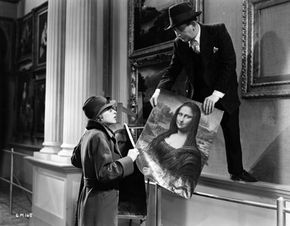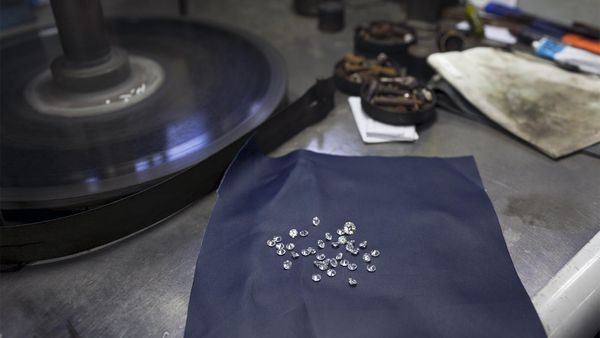When Leonardo da Vinci's "Mona Lisa" disappeared from the Louvre museum in Paris in 1911, the world was shocked. The theft went undetected for days. Museum staff saw the empty space on the wall and assumed the painting had been moved to the Louvre's restoration center for upkeep. But by the second day, the Louvre called the police.
The theft of the "Mona Lisa" by museum worker Vincenzo Perugia was brilliant in its simplicity. It's unclear what type of security the museum used at the time, but some facts are known for sure. After Perugia's shift ended on Sunday, he hid in a room. When everyone had gone home, he left his hiding place, took the "Mona Lisa" off the wall, removed it from its frame, stuck the priceless work under his shirt and walked out into the night.
Advertisement
One might think museum security has vastly improved since 1911, but most museums don't have the money to invest in million-dollar systems, let alone the crisscrossing laser-beam detectors that protect priceless objects in the movies. Compared to banks and jewelry centers, museums are easy targets -- and it shows. In the last 20 years alone, thieves have pulled dozens of major paintings off museum walls, including 20 works by Vincent Van Gogh in a single Amsterdam heist in 1991. Edvard Munch's "The Scream" has been stolen twice in the last 15 years.
Due to a variety of circumstances, thieves take paintings from museums on a fairly regular basis, and with much less planning and finesse than Thomas Crown. In this article, we'll find out how people walk out of museums with some of the world's most priceless works of art, including how a gang pulled off one of the biggest art thefts in European history in February 2008.
So how do people steal a Cézanne, a Van Gogh, a Degas and a Monet in broad daylight in this day in age? It's actually not that hard.
Advertisement




